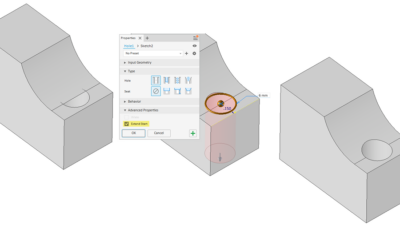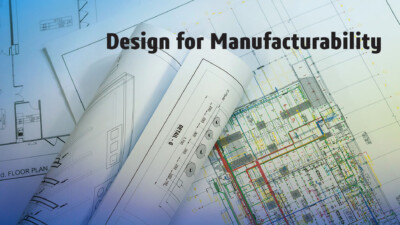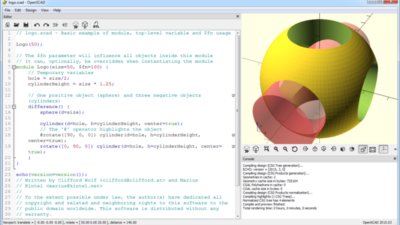Turning a 3D model into a realistic 2D image is a key step in product design, architecture and more.
When creating a solid CAD model, you’re specifying a mathematical shape—a geometry. Your CAD model is like a Platonic solid, an ideal form that exists in the realm of dimensionless points and infinite planes.
But what would it look like in the real world?
That’s where rendering comes in. Rendering is the process of converting a 3D geometry into a 2D image, and it’s an important step in product design, architecture and other fields that depend on computer graphics.
What does it mean to render a CAD model?
Rendering a CAD model means producing an image of that model as an object with color, texture, shadow and other rich visual detail. It can be rendered alone or as part of a complete scene with other objects. Some renders are meant to be static images while others are meant to update in real-time, such as for virtual reality applications.
A render doesn’t always have to be picture perfect. A 3D animated film may be rendered in a stylized manner, for example. Engineers and architects, however, typically want realistic renders. The closer they look to a real photo, the better.
Photorealistic rendering is a tricky physics problem concerning the behavior of light. Light is a complex phenomenon; both a particle and a wave, it can be reflected and absorbed, Doppler-shifted and more. It’s not trivial to accurately compute how light interacts with a range of different materials as it bounces around a scene. A general formula called the rendering equation captures the process, forming the basis for many rendering techniques.

What is a rendering engine?
There are many approaches to rendering, each with its own strengths and weaknesses. One approach might produce a quick but unconvincing image, while another might take hours yet look just like a photo. Some approaches will be strong at depicting reflections; others will render more realistic shadows. Some approaches use machine learning techniques. Some are optimized for specific hardware.
A rendering engine is the software that implements any given approach to rendering.
Most CAD applications include built-in rendering engines (sometimes more than one), but there are also many standalone rendering applications that offer greater levels of control. Some rendering software is specialized for certain industries. The right rendering software for you will depend on your design workflow and application needs.
What’s the difference between rasterization and ray tracing?
Two common classes of rendering algorithms are rasterization and ray tracing. Rasterization has long been used to translate 3D geometries into pixel values, and it follows a series of computational steps often referred to as a graphics pipeline. Graphics processing units (GPUs) are specialized for this process, making rasterization an extremely efficient method of rendering.
Ray tracing is more compute-heavy than rasterization, but it can render more realistic images. This approach simulates light rays bouncing around a 3D scene, which provides valuable information about color and lighting that rasterization can only approximate. Modern GPUs have started to accelerate ray tracing in addition to rasterization. A related technique, path tracing, takes this concept further for even higher levels of accuracy.
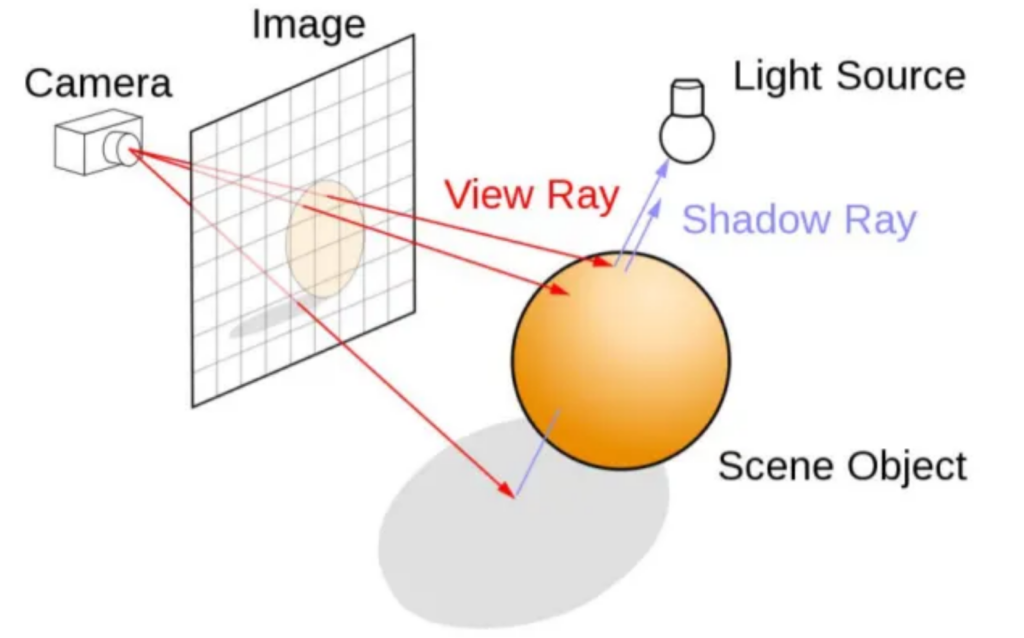
Why is rendering important for engineers?
The functionality of a design is top of mind for engineers, but visualizing it in the real world is important as well. After all, the design will eventually exist as a real product in the real world. Rendering a CAD model offers insight into that product that geometry alone cannot.
Rendering is also important for other reasons. Images are an essential part of product marketing, and they’re great tools for communicating a design with colleagues and clients. For architects, sleek renders are essential to present the vision of a building project.
As computer hardware evolves, real-time rendering is becoming increasingly useful for engineers and architects. Tools like virtual and augmented reality allow designers to see their models as if they really exist, extending the idea of rendering into three dimensions. Architecture, engineering and construction (AEC) companies have used such tools to develop virtual walkthroughs and configurators of their buildings before any concrete has been poured.
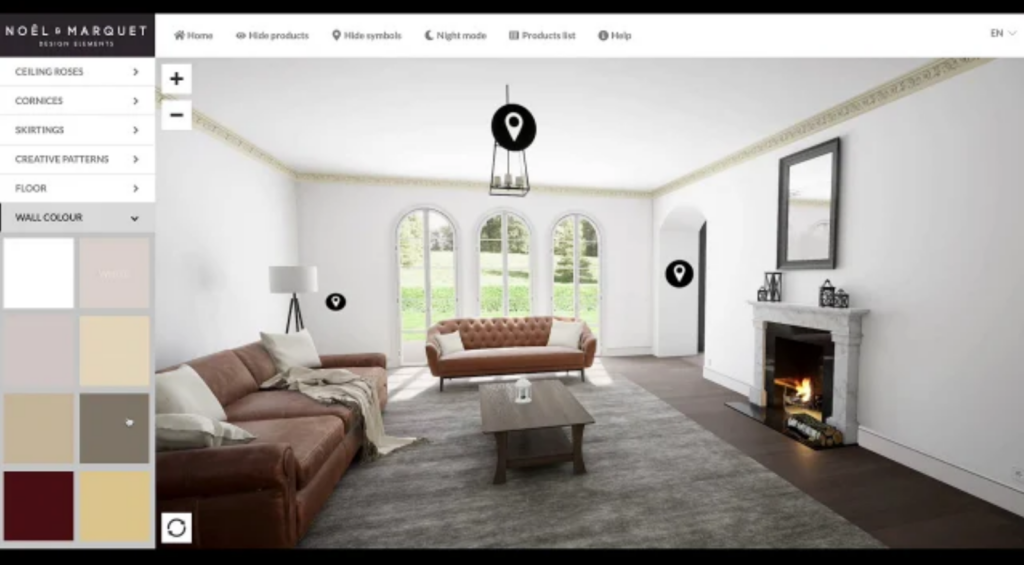
Rendering, already a key tool for engineers, is set to play an even bigger role as both hardware and software evolve.
